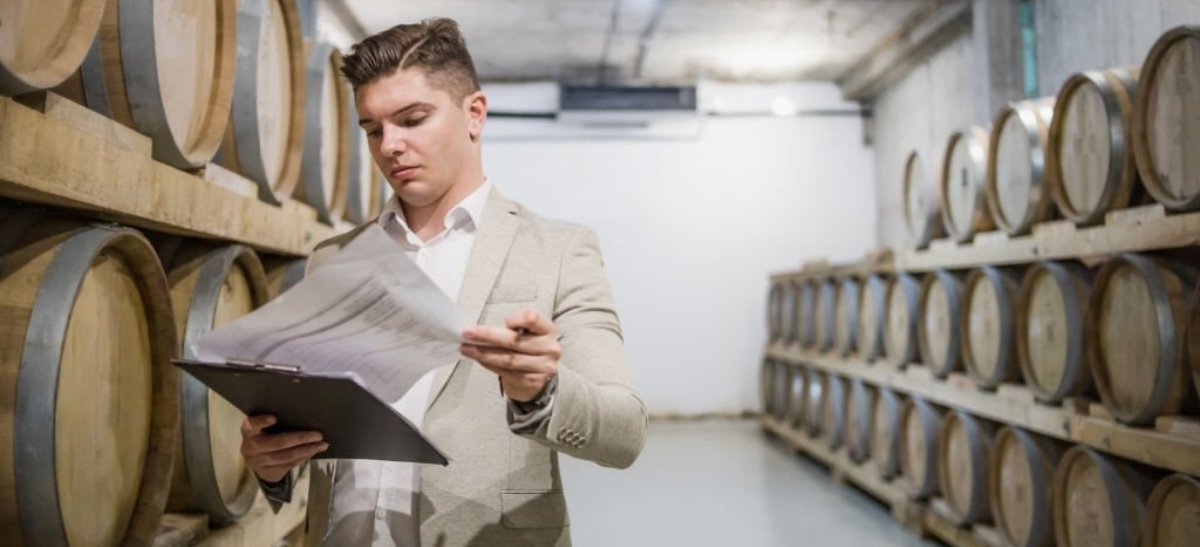Early Bird
Deadline
January 31, 2026
Judging
Date
May 18, 2026
Winners
Announced
June 10, 2026

In today's dynamic marketplace, wine brand managers face a myriad of challenges that demand their attention and strategic acumen. From shifting consumer preferences to increasing competition and evolving distribution channels, the wine industry is experiencing profound changes. Let’s dive into some of the biggest challenges confronting wine brand managers in the current market and discuss potential strategies to overcome them.
One of the primary challenges wine brand managers face is the ever-changing landscape of consumer preferences. As new generations of consumers emerge, their tastes, buying behaviors, and purchasing motivations evolve. Millennial and Gen Z consumers, for example, prioritize authenticity, sustainability, and experiential marketing. Understanding and effectively targeting these segments requires constant market research, consumer engagement, and product innovation to align with evolving preferences. An invaluable reference in this regard is Silicon Valley Bank’s Wine Industry Report. A key finding for 2023 was that 35% of 21–29-year-old consumers drink alcohol, but not wine. That number fell 7 percentage points to 28% for individuals 50–59 years old. Of those consumers who left that group, two percentage points moved to be at least marginal wine consumers. This abstaining from drinking alcohol was also significant.
The wine industry is highly competitive, with an abundance of brands vying for consumer attention. Brand managers must find innovative ways to differentiate their offerings, create compelling brand stories, and cultivate brand loyalty. Building a strong brand identity, leveraging social media platforms, and investing in effective marketing campaigns are essential to stay competitive in a crowded marketplace. One example of a wine brand that effectively managed competition by strengthening its brand is Casillero del Diablo from Concha y Toro. Through its consistent marketing strategy emphasizing the legend behind its name and the devil logo, Casillero del Diablo has created a strong brand image that stands out in the crowded wine market. By focusing on quality, value, and maintaining a strong distribution network, Casillero del Diablo has successfully positioned itself as a reliable and trustworthy wine brand, capturing the attention and loyalty of consumers worldwide.
The distribution landscape for wine brands has experienced significant shifts in recent years. E-commerce, direct-to-consumer sales, and wine clubs have gained prominence, allowing consumers to access a wider variety of wines conveniently. However, navigating these new channels while maintaining strong relationships with traditional distributors and retailers can be challenging. Wine brand managers must adapt their distribution strategies to leverage online platforms, while also ensuring effective supply chain management and maintaining a robust presence in physical retail locations.
The wine industry is subject to various regulations and compliance requirements, both domestically and internationally. Wine brand managers must navigate complex laws regarding labelling, shipping, advertising, and licensing. Compliance with these regulations demands careful attention to detail and can significantly impact a brand's ability to expand into new markets or comply with changing consumer demands.
[[relatedPurchasesItems-62]]
In recent years, sustainability and environmental consciousness have become integral to consumer decision-making. Wine brand managers face the challenge of meeting these expectations while minimizing their environmental footprint. Implementing sustainable practices in vineyard management, packaging, and production processes can enhance brand reputation, attract eco-conscious consumers, and contribute to long-term success.
Managing the wine supply chain is a complex task, especially for brands with global operations. Ensuring a consistent supply of high-quality grapes, managing logistics, and maintaining relationships with suppliers can present significant challenges. Wine brand managers must establish reliable partnerships, implement effective quality control measures, and adapt to potential disruptions such as climate change, trade tariffs, or political instability.
The wine industry is not immune to the rapid advancement of technology. Wine brand managers must leverage technological innovations to streamline operations, enhance customer experiences, and gain a competitive edge. Embracing e-commerce platforms, implementing data-driven marketing strategies, utilizing artificial intelligence for consumer insights, and harnessing digital tools for inventory management are crucial steps to succeed in the digital age.
Overall, wine brand managers face a multitude of challenges in today's marketplace, driven by evolving consumer preferences, intense competition, changing distribution channels, regulatory complexities, sustainability concerns, supply chain management, and technological advancements. Successfully navigating these challenges requires a proactive and adaptive approach, staying attuned to consumer trends, embracing innovation, and building strong relationships across the supply chain. By addressing these challenges head-on, wine brand managers can position themselves for long-term success in the dynamic and ever-evolving wine industry.
Enter your Wines now and get in front of top Sommeliers, Wine Directors, and On-Premise Wine Buyers of USA.
